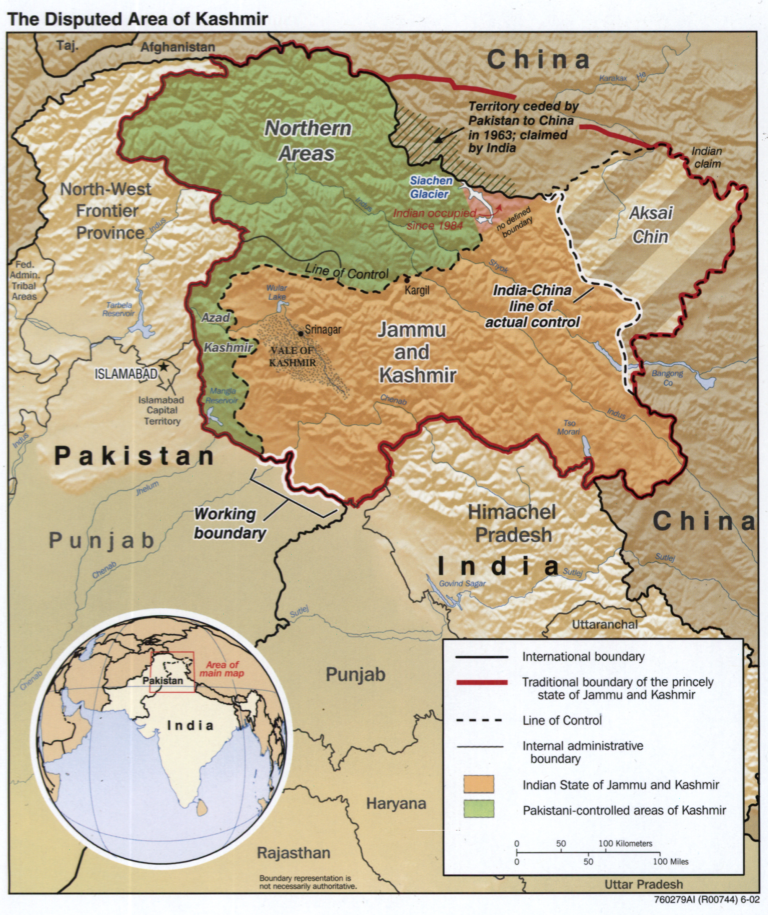Welcome to Teak Publishing's Shortwave Central blog. This blog covers shortwave frequency updates, loggings, free radio, international mediumwave, DX tips, clandestine radio, and late-breaking radio news. Visit my YouTube and Twitter links. Content on Shortwave Central is copyright © 2006-2024 by Teak Publishing, which is solely responsible for the content. All rights reserved. Redistribution of these pages in any format without permission is strictly prohibited.
Thursday, June 30, 2022
Radios Reach is Still Massive
Radio Stations for the Navajo Nation in the United States
Historians suggest that the ancestors of the Navajo Nation arrived in what is now the continental United States around 1500 years ago, and they settled in areas that are within the American states of Arizona, Utah, and New Mexico. The Navajo people are the largest native tribe in the United States with a membership of around 400,000 on a reservation measuring around 25,000 square miles.
Wednesday, June 29, 2022
The Radio Scene on the World's Largest Private Property
Tuesday, June 28, 2022
BBC begins new e-QSLing
Today's news from the British DX Club indicates that BBC is now offering an e-QSLing service.
Here is the link, and please tell us your e-QSLing results.
The Early Marconi Years at Chelmsford
 |
| Marconi Company, Chelmsford, England |
Back in the early days of wireless and radio, station callsigns were applied in several different ways; there was no clear, no regular pattern. Official internationally recognized callsigns were in use to identify a specific transmitter, a specific transmitter frequency, a particular programming service, a particular transmitter usage, such as amateur, experimental, communication, or broadcasting.
Monday, June 27, 2022
The Story of the Two Shortwave Stations Known as Radio Sada-e-Kashmir
Encore-Radio Tumbril classical music program schedule
Weekly Propagation Forecast Bulletins
Friday, June 24, 2022
KTWR adds DRM broadcast to summer schedule
Thursday, June 23, 2022
Shortwave Radiogram, June 24-28
Tuesday, June 21, 2022
BBC Antarctic Midwinter broadcast slated for 21 June
The following broadcast schedule for 21 June has been released, with the previous tested UAE site being deleted. The annual broadcast to Antarctica is likely to be aired on some BBCWS streams including via DAB in the UK.
Monday, June 20, 2022
WMLK returns to shortwave
First day of station reactivation of WMLK on 9275 kHz at 1700 UTC. The signal observed from 1658 with sign-on at 1700 UTC. Station identification, broadcast schedule and contact information. Notes the station is authorized to broadcast on 9475 kHz, although this broadcast was on 9275 kHz.
Radio Pravda dlja Rossii schedule update
Radio Pravda dlja Rossii
Due (to) listeners' feedback and summer propagations on HF we increase our schedule to 13600 kHz (high power) and cancel 6070 kHz for the moment. Please take note off the attached broadcast schedule."
Weekly Propagation Forecast Bulletins
Tuesday, June 14, 2022
Transmission Test for annual BBC Antarctica Midwinter Broadcast
Pending the final broadcast schedule for 21 June, the following testing schedule will commence on 14 June 2022, 2130-2145 UTC.
Weekly Propagation Forecast Bulletins
Friday, June 10, 2022
18th Edition of the Global Radio Guide (Summer 2022) Now Available
For Immediate Release Thursday, May 5, 2022
18th Edition of the Global Radio Guide (Summer 2022) Now Available
Familiar players and familiar places.
Familiar fears pushed by familiar voices.
The world has held its breath during the Russian invasion of Ukraine as images of the human suffering of war have brought back old memories and old fears from years gone by.
Just like these events have brought up once buried feelings, it has also brought what many thought to be “old” technology back to the forefront. While internet access is one of the first targets of invading regimes intent on controlling the narrative, the vast reach of shortwave radio transcends borders and other forms of connectivity.
It is déjà vu with a front-row view.
For those who want to be on the front lines of the action, Gayle Van Horn’s (W4GVH) 18th Edition of her Amazon bestselling Global Radio Guide (Summer 2022) has all of the details you need to catch up with the latest from the front lines.
As one of the only remaining publications available with international broadcast frequencies and schedules, the Global Radio Guide (GRG) puts everything a radio enthusiast needs to navigate the action right in their hands.
In this completely updated edition, regular GRG contributors Ken Reitz, KS4ZR, and Fred Waterer (both also of The Spectrum Monitor) post features on monitoring the international broadcasters at the very forefront of the events. Larry Van Horn, N5FPW, adds his detailed information on monitoring of utilities on the shortwave bands, including military communications.
With the help of the GRG, you can tune in to shortwave broadcast stations from additional hotspots such as China, Cuba, India, Iran, North/South Korea, Taiwan, and many other counties. If you have a shortwave radio receiver, SDR or Internet connection, pair it with this unique radio resource to know when and where to listen to the world.
This newest edition of the GRG carries on the tradition of those before it with an in-depth, 24-hour station/frequency guide with schedules for selected AM band, longwave, and shortwave radio stations. This unique resource is the only radio publication that lists by-hour schedules that include all language services, frequencies, and world target areas for over 500 stations worldwide.
The GRG includes listings of DX radio programs and Internet website addresses for many of the stations in the book. There are also entries for time and frequency stations as well as some of the more “intriguing” transmissions one can find on the shortwave radio bands.
In addition to the global hotspots, the GRG brings the world to you from other places on the radio dial.
Gayle Van Horn brings us into the tropics with her regular stroll through the tropical bands – one of the most challenging and rewarding pursuits for the shortwave listener.
Not only are the bands heating up with world events, but the HF bands themselves are becoming more alive as our sun wakes up from its slumber. What impact will this renewed solar activity have on listening? Tad Cook, K7RA, shares his atmospheric expertise with a primer on radio propagation while maintaining an eye on the ever-evolving Solar Cycle 25.
A bit lower on your radio dial, DX Central’s Loyd Van Horn, W4LVH, breaks down the basics of getting started with mediumwave DX and even gives us a fun summer project by diving into the powerful KAZ antenna that listeners can use to pull in elusive mediumwave signals from far beyond their home.
Whether you monitor shortwave radio broadcasts, mediumwave, amateur radio operators, or aeronautical, maritime, government, or military communications in the HF radio spectrum, this book has the information you need to help you to hear it all. Teak Publishing’s Global Radio Guide "brings the world to you."
You can find this edition of the Global Radio Guide, along with all of our titles currently available for purchase, on the Teak Publishing Web site at www.teakpublishing.com. Details will be available at www.teakpublishing.com.
The 18th edition of the Global Radio Guide e-Book (electronic book only, no print edition available) is available worldwide from Amazon and their various international websites at
https://www.amazon.com/dp/B09ZK1HWFY/
The price for this latest edition is US$8.99. Since this book is being released internationally, Amazon customers in the United Kingdom, Germany, France Spain, Italy, Japan, India, Canada, Brazil, Mexico and Australia can order this e-Book from Amazon websites directly servicing these countries. Customers in all other countries can use the regular Amazon.com website to purchase this e-Book.
You can read any Kindle e-Book with Amazon’s ‘free’ reading apps on literally any electronic media platform. You do not have to own a Kindle reader from Amazon to read this e-book. There are Kindle apps available for iOS, Android, Mac and PC platforms. You can find additional details on these apps by checking out this link to the Amazon website at www.amazon.com/gp/feature.html?ie=UTF8&docId=1000493771.








.jpg)

.jpg)
.jpg)

.jpg)




.jpg)